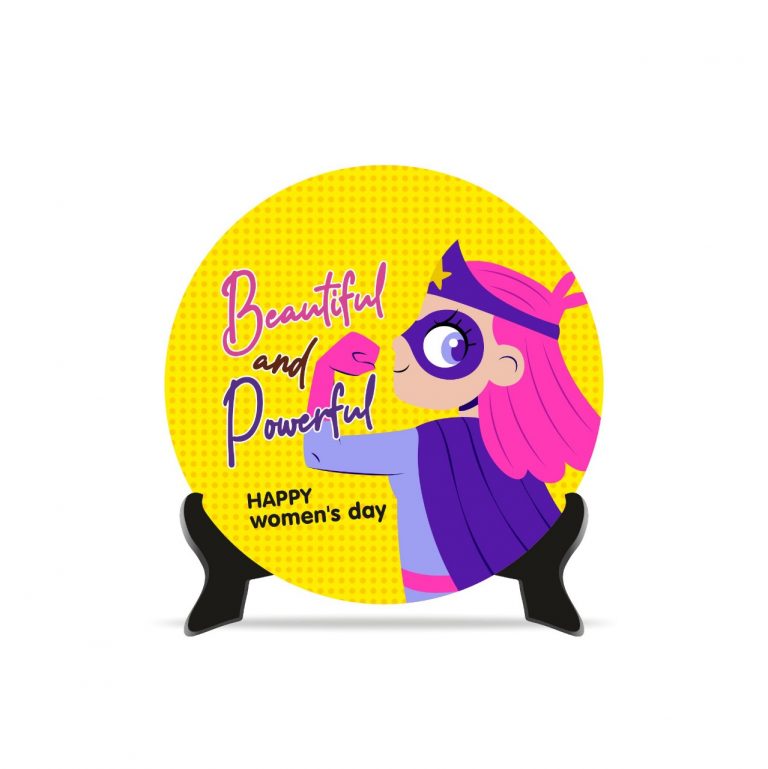Image Source: Pixabay
Workplace Communication in the Digital Age: Striking the Right Balance
Thanks to the digital revolution, workplace communication has gotten so much better. Technology has erased delays, making communication nearly instantaneous, more efficient, and more far-reaching than ever before.
Whether through email, instant messaging, video conferencing, or collaboration platforms, teams can work together effortlessly, no matter their location or time zone.
Organizations are happily embracing these advancements. However, they come with their own set of challenges, such as misunderstandings, information overload, and the erosion of personal interaction.
The solution? Balancing technology with human interaction. While digital tools enhance productivity and connectivity, over-reliance on them can lead to disengagement and reduced employee well-being. This balance is essential for clear communication and a strong workplace culture.
This article explores strategies that will help optimize digital communication while maintaining the meaningful personal connections essential to success in the workplace.
The Role of Open Dialogue in Digital Communication
You can’t have effective digital communication without open dialogue and a culture that encourages questioning. Without these elements, you risk misunderstandings that negatively impact productivity, disengaged employees, and a lack of transparency.
An environment in which employees feel safe expressing their thoughts and asking for clarification goes a long way in improving communication. It also strengthens team collaboration because everyone is always communicating and ensuring a unified approach to work.
You can achieve a work environment that promotes open dialogue and questioning by encouraging employees to ask questions, using clear and precise language, and nurturing an inclusive communication culture. Leaders should also set the tone by actively listening and responding thoughtfully to employee concerns.
Encouraging open communication helps build a work environment where employees feel respected, supported, and engaged. Trust and fewer miscommunications follow naturally. Open communication also ensures that digital tools serve as facilitators rather than barriers to effective workplace interactions.
Communication and Employee Well-Being
Effective workplace communication doesn’t just make work easier. It also plays a pivotal role in employee mental health and overall well-being. A well-structured communication strategy ensures that employees feel connected, grow professionally, build a network, and are comfortable enough to discuss what isn’t working.
However, the overuse of digital communication can lead to burnout, stress, and information fatigue, making it essential to balance efficiency with well-being. You can leverage digital tools effectively while prioritizing employee engagement by:
- Implementing healthy communication habits, like keeping work-related messages within office hours
- Encouraging regular check-ins and one-on-one meetings to support employees
- Promoting mindfulness and well-being initiatives alongside digital collaboration
- Providing training on effective digital communication to prevent misunderstandings and improve engagement
- Establishing clear expectations for responsiveness to prevent unnecessary stress
Prioritizing well-being through good communication practices guarantees that employees are more productive, happier in their roles, and want to stay long-term.
Related Posts
How Internal Communication Shapes Company Culture
Strong internal communication is the heart of a thriving company. It can truly make or break your company culture because when it’s not right, employees stop working together effectively and stop trusting each other, negatively impacting team morale and the overall vibe of the workplace.
Conversely, when employees have clear, consistent, and open communication channels, they are more likely to feel aligned with the organization’s mission and values. There’s also more trust, transparency, and engagement in the workplace.
Encouraging two-way communication ensures that employees not only receive important information but also feel comfortable sharing their insights and feedback.
HR professionals help set the tone for workplace interactions as well. They’re the bridge between lower-level employees and leadership. So, having essential communication skills like active listening, emotional intelligence, and the ability to deliver feedback in a positive way, is key, especially for effective digital interactions.
Investing in internal communication strategies fosters a culture where employees feel respected, committed, and motivated to contribute to organizational success.
Data-Driven Strategies for Effective HR Communication
Workplace communication can get better when you’re watching and correcting bad habits in real time. But it improves so much more when you rely on data-driven insights.
Recent workplace communication statistics revealed that “poor communication is responsible for 70% of corporate errors.” Errors lead to workplace inefficiencies. And with workplace inefficiencies come frustration and disengagement.
Understanding and leveraging data can help you identify gaps in communication and implement targeted improvements that lead to higher productivity and employee satisfaction.
To capitalize on these benefits, HR leaders, in particular, can adopt actionable strategies to improve workplace communication, such as:
- Creating a long-term internal communications plan
- Leveraging data analytics and measuring engagement metrics to assess communication effectiveness, track improvements, and identify challenges
- Using employee feedback tools like surveys to gauge satisfaction and areas for improvement
- Implementing targeted training programs for managers and team leaders
- Optimizing messaging through AI-driven efficiency and customization
Using data to inform communication strategies will create a more efficient, engaging, and productive workplace.
Finding the Right Balance
While you can’t go without digital communication tools in today’s workplace, maintaining a human-centered approach to communication is essential for fostering connection and collaboration.
Employee engagement, well-being, and your overall workplace environment will soar when you blend digital efficiency with meaningful human engagement. You also prevent digital fatigue while maximizing productivity.
Encourage an open dialogue, prioritize employee well-being, strengthen internal communication, and use data-driven strategies to build a resilient, engaged, and thriving workforce.










